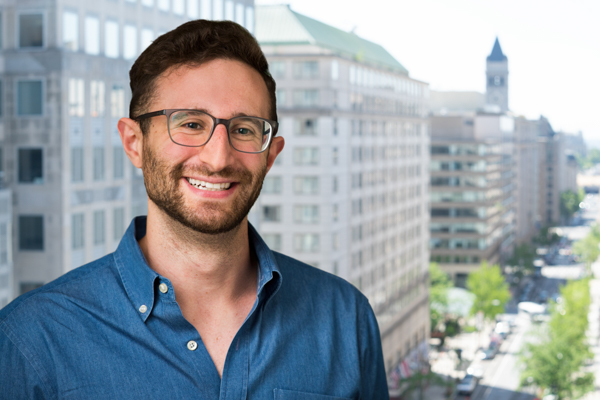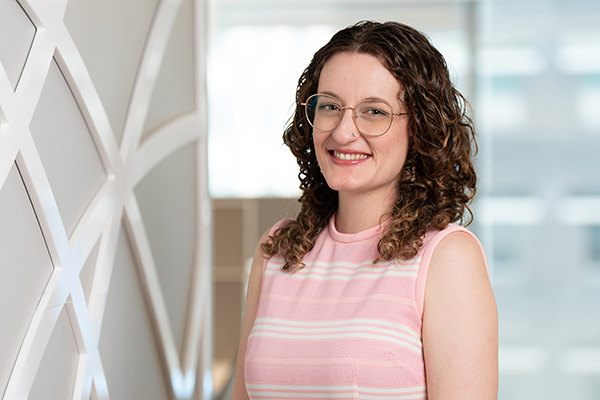Broader Federal Flexibility for Medicaid Expansion Rules Could Increase Coverage in Both Medicaid and Exchanges
Summary
If federal government permits states to expand Medicaid to only 100% of poverty, nearly 4M people could shift from Medicaid to exchanges, and 7M could be newly eligible for coverage.New research from Avalere finds that 6.9M people could become newly eligible for Medicaid, if the 19 remaining non-expansion states expand up to 100% of the federal poverty level (FPL) or $12,060 for an individual—including 1.8M people in Texas and 1.1M people in Florida (Table 1). Furthermore, nearly 4M people could shift from Medicaid to exchange coverage if all 31 states and DC that expanded Medicaid reduce their program eligibility from 138% ($16,643 for an individual) to 100% FPL. In this scenario, California and New York would see the largest shifts in coverage (Table 2).
“Many states have expressed interest in expanding Medicaid just up to the federal poverty level and allowing people above poverty to receive subsidized exchange coverage,” said Caroline Pearson, senior vice president at Avalere. “If the federal government permits states to partially expand Medicaid, other states are more likely to pursue expansion.”
In July, Arkansas submitted a waiver to the federal government to change the Medicaid income eligibility requirements to 100% FPL in their state. Massachusetts submitted a waiver including a similar provision in September. The Centers for Medicare & Medicaid Services (CMS) is currently reviewing both states’ waiver applications.
Under the Obama Administration, states that expanded Medicaid as part of the Affordable Care Act‘s implementation were required to cover all individuals up to 138% FPL. However, in states that have not expanded, people between 100% and 138% FPL are eligible for subsidized coverage in insurance exchanges. Avalere experts state that if the Arkansas or Massachusetts waivers are approved, other expansion states may try to replicate similar Medicaid eligibility requirements.
Avalere experts note that increased federal flexibility to allow states to expand up to the poverty level could encourage more states to expand Medicaid. The analysis found that up to 6.9M individuals from non-expansion states could become eligible for Medicaid should their states decide to expand coverage up to 100% FPL (Table 1). Under this requirement change, states that could see the largest increases in Medicaid enrollment would be Florida, North Carolina, and Texas. While 6.9M would be eligible for Medicaid coverage, it is unlikely that this total number would enroll in the program.
“Additional federal flexibility around Medicaid expansion could create new coverage options for low-income uninsured people living in non-expansion states,” said Elizabeth Carpenter, senior vice president at Avalere. “However, for those individuals currently enrolled in Medicaid and earning between 101% to 138% FPL, they may end up paying more for care under an exchange plan if their state changes eligibility for Medicaid.”
Methodology
To conduct this analysis, Avalere utilized the U.S. Census Bureau’s American Community Survey (ACS) 2016 Public Use Microdata Sample and the CMS-64 “Total Medicaid Enrollees — VIII Group Break Out Report” covering July–September 2016. For Table 1, Avalere used the census tool DataFerrett to find the number of adult Medicaid enrollees by income group in 2016. With the percent of adult enrollees earning 100-138% FPL isolated, Avalere applied this to the average number of “Total VIII Group Enrollees” in the CMS-64 data from July-September 2016. Finally, Avalere used state-specific projected population change factors to project how the number of adult expansion beneficiaries from 100-138% FPL would carry forward to 2018. For Table 2, Avalere again used DataFerrett to find the number of adults not in Medicaid or in Medicare with incomes from 0-100% FPL in 2016. We then applied state-specific projected population change factors to adjust to 2018 numbers. For Table 2, estimates could be high for a few reasons that could not be accounted for with these data sources-citizenship status could make some of these individuals ineligible for Medicaid and states are starting to try to tighten eligibility for individuals with access to other sources of insurance coverage.
To receive more expert insights on the latest healthcare news, connect with us.








